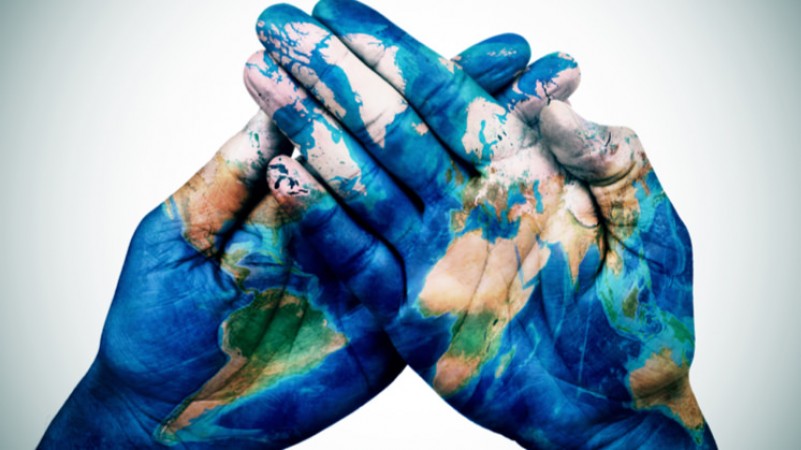
Global warming is a globally concerning subject for which countries coming together to combat the self created climate issue that is starting to impact the lives and sustainability of the world. Several climate scientists agrees that societal, economic, and ecological damage would result if the global average temperature rose by more than 2 °C (3.6 °F) in such a short time.
Global warming can be understood as the long term heating of Earth’s surface that has been observed from the pre-industrial period, because of the human activities consisting of fossil fuel burning, increasing the heat trapping of greenhouse gases in the atmosphere.
As the population increases, the volume of fossil burning has also increased leading to the creation of manmade greenhouse gases. These fossils include coal, oil and natural gases. Global warming has the capacity to turn a category 3 storm into a category 4 due to the ocean temperatures that are getting hotter which indicates that storm can pick up more energy.
Scientist in 2015 has concluded that a lengthy drought in California is the worst water shortage in 1200 years that has been intensifies by 15% to 20% by global warming.
Several international agreements had also been created which are- UNFCCC Framework Convention on Climate Change (1992), Kyoto Protocol (1997), Bali road map (2007), Copenhagen agreement (2009), Cancun agreement (2010), Durban platform (2011), Doha agreement (2012), International Warsaw mechanism (2013), Contribution for a global agreement (2014), Paris Agreement (2015), Marrakech partnership (2016), COP23-FIYI (2017), Katowice rulebook (2018), COP25-Chile (2019), Glasgow climate pact adopted (2021), and Vienna Convention for the Protection of the Ozone Layer (1985). In this Paris agreement has turned out to be the most recent agreement.
Paris agreement has set a goal to limit the global warming below 2, considerable to 1.5 degree Celsius. It has provided a framework through the support of finance, technology, capacity building to countries that need it. Almost 193 countries and the European Union have signed the Agreement, and 189 have become Parties by depositing with the United Nations their “instruments of ratification, acceptance, approval or accession”. The Paris Agreement consists of overall 29 articles covering different area sectors such as- temperature goals, parties’ pledges, adaptation and sustainable development, climate finance, education and awareness.
COP 25 implemented global Gender Action Plan that will focus on disseminating and systematically integrating gender issues into climate policies. They have finalized the foundations for international cooperation to combat climate change. Raised countries’ climate ambitions, to make bigger commitments in light of the crisis we face.
During the 2021 session, COP26 Iberdrola group demonstrated its commitment to a sustainable energy model that generates opportunities, and defended climate action as a central pillar of its strategy for sustainable development and respect for the environment. They emphasized the urgency and opportunities of moving towards a carbon neutral economy and called for transparency and rigor in the climate action plans of both governments and companies. Thus, it gave birth to the Glasgow Climate Pact, a document containing guidelines for policy action agreed among all countries.
India to benefit from US, China decoupling: Gautam Adani
Global South is the word that describes the developing nations
Hockey WC: India beat Wales 4-2 in Bhubaneswar